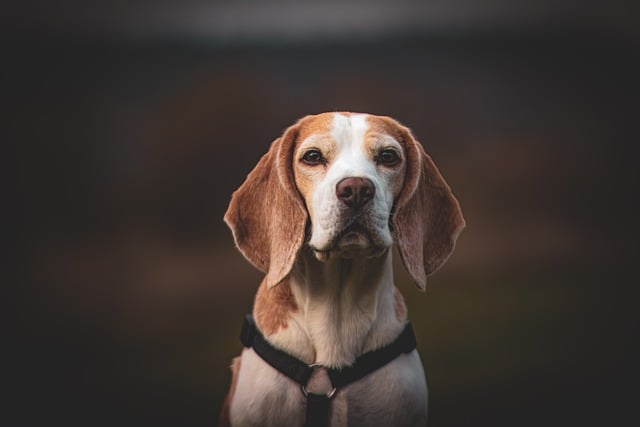
How can I tell if my dog's heatstroke is serious
Let’s be real: It’s a sticky August morning in Los Angeles, and you took your 2-year-old Golden Retriever, Max, for a walk a little later than usual
The debate over brushing your dog before or after a bath isn’t just fussy—it affects their comfort and coat health. You want bath time to be stress-free, not a battle with tangles or leftover dirt. Let’s sort this out, step by step.
Brushing before a bath is like prepping a canvas. Loose fur, dirt clumps, and tangles? A good brush gets rid of them before water turns them into mats. Think about it: wet tangles tighten, pulling at skin and making baths miserable. A rubber brush works wonders here—gentle enough for sensitive spots, tough enough to lift debris.
Skipping the pre-bath brush can turn a quick rinse into a nightmare. Mats trap water close to the skin, leading to irritation or even infections. That’s the last thing you want, especially if your pup already dislikes baths. A 5-minute brush first cuts down on post-bath drama, guaranteed.
What about after the bath? Brushing then helps distribute natural oils, leaving coats shiny and soft. But timing matters. Wait until their fur is mostly dry—damp brushing can still cause tangles, and wet hair breaks easier. Use a slicker brush for longer coats, moving in the direction their fur grows.
Dogs with thick undercoats, like Huskies or Golden Retrievers, need extra pre-bath attention. Their double coats trap so much loose fur that skipping the brush turns baths into a fur-storm. You’ll end up with clumps floating in the tub and more cleanup than necessary. Save yourself the hassle—brush first.
 Short-haired pups might seem low-maintenance, but they benefit too. A quick brush before bathing removes dead skin and loose hairs, so the bath focuses on deep cleaning, not just moving fur around. Plus, it’s a nice bonding moment—most dogs love the extra attention.
Short-haired pups might seem low-maintenance, but they benefit too. A quick brush before bathing removes dead skin and loose hairs, so the bath focuses on deep cleaning, not just moving fur around. Plus, it’s a nice bonding moment—most dogs love the extra attention.
Post-bath brushing isn’t optional, though. Even short coats get a little matted when wet. A soft bristle brush here smooths things out, preventing those tiny knots that turn into big problems later. It’s also a chance to check for ticks or cuts you might have missed—important for outdoor dogs.
Remember, grooming tools matter as much as timing. Metal combs work for thick coats, while rubber brushes are better for sensitive skin. Always avoid yanking—if you hit a tough tangle, work through it with your fingers first. Your dog trusts you to be gentle, so keep that in mind.
Vets often recommend a combo: brush before to de-tangle and remove debris, then again after to smooth and condition. It’s a one-two punch that keeps coats healthy and reduces shedding around the house. Who wouldn’t want less fur on the couch?
Bath time should feel like a treat, not a chore. Pay attention to your dog’s cues—if they tense up during brushing, slow down. Offer a tiny treat afterward, and they’ll start associating the routine with good things. Consistency helps, too—regular grooming builds trust.
At the end of the day, it’s about what works for your dog. Some prefer pre-bath brushing, others relax more post-rinse. Watch their reactions, adjust as needed, and enjoy the process—clean coat, happy pup, and maybe a few extra licks of appreciation.

Let’s be real: It’s a sticky August morning in Los Angeles, and you took your 2-year-old Golden Retriever, Max, for a walk a little later than usual

You're enjoying a summer afternoon at the park when you notice your dog has stopped panting and appears disoriented - their gums are bright red

Let’s paint the picture: You’re in your Denver apartment, watching your 4-year-old Boston Terrier, Ruby, plop down mid-play session with her favorite toy

Many dog owners notice their pets nails seem shorter after regular walks,but how much does this daily activity actually help?The answer depends on where you walk—concrete sidewalks or asphalt streets gently file nails as a dog's paws hit the ground

Most dog owners notice their pup scooting across the carpet at some point, but few connect it to impacted anal glands. These small sacs near a dog’s rectum secrete a scent for marking territory

Most vets agree that regular dog teeth cleaning is key to avoiding painful dental issues later. For healthy adult dogs, a professional cleaning at the vet’s office every 12 to 18 months usually works well.